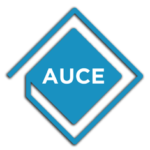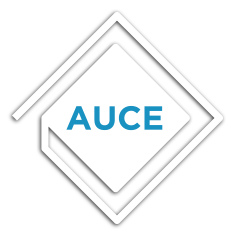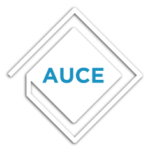INTERIOR DESIGN II
SHARE
Share on facebook
Share on google
Share on twitter
Share on linkedin
Course Code:
AIDS300
Course Hours:
45
Contact Hours / Week:
Prerequisite:
AIDS 200 Computer Aided Design I / AIDS 270 Interior I / AART220 Sketching & Perspective I
Co-requisite:
AIM OF THE COURSE
Interior design II is the starting point for designing residential and commercial places. Deep researches, original ideas, creative concepts, and innovative solutions are requested to do the projects to ensure optimal comfort and usefulness.
Learning Outcomes
Students learning this material will :
- introduce innovative ideas for residential and commercial places,
- Relate different interior spaces together in a well studied circulation- It is a practice concerned with anything that is found inside a space - walls, tiling plans, false ceiling, doors, finishes, textures, light, furnishings and furniture.
- Know how to develop a functional, safe, and pleasing space for households.
- Continue to improve competency in the following areas: programming and concept development; plan development and analysis; application of design elements and principles to the design of interior spaces;
- Apply technical information learned in previous courses; apply codes and regulations as appropriate to the projects; become familiar with interior finish work, materials, joinery, and methods of construction;
- Planning, drafting, and detailing a set of working drawings.
LEARNING EXPERIENCE:
- Lecture, discussion, critique of projects, and field trips are used to provide the student with good learning exercises.
- Critical thinking and problem solving are inherent to the design studio and are required for success.
- Information technology skills are developed as students integrate digital technology skills while designing a single-family residence.
- Students are assigned reading and research projects that require use of the computer and library resources as well as field study, observation, and preparation for design projects
- Final presentations are made with PowerPoint. students are expected to use technology in meaningful ways to help them collaborate, analyze, synthesize and present their learning.
- Many of the assignments involve cooperative learning achieved through team analysis of reference materials and lecture topics, in addition to individual work.
High Quality Education with Reasonable & Affordable Prices
Apply NOW and Benefit from Financial AID program


